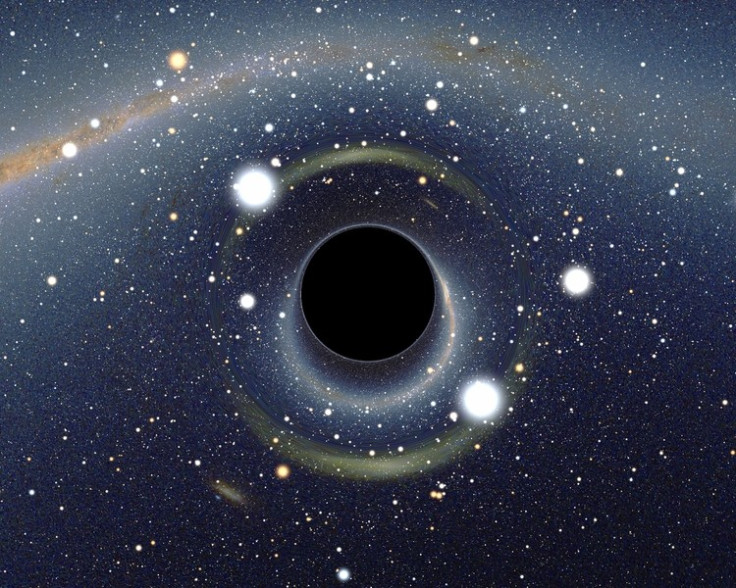Doughnut Theory: Nasa's Wise Telescope Challenges Understanding of Supermassive Black Holes

A survey of over 170,000 black holes using Nasa's Wide-field Infrared Survey Explorer has led astronomers to reexamine a long-standing theory about the appearance of the celestial objects.
The "doughnut theory" based on the shape of black holes was first developed in the late 1970s to explain why black holes can differ in shape, although they are similar in nature. While some are exposed and easy to see, others appear to be disguised by dust.
Scientists proposed that each black hole is surrounded by a doughnut-shaped structure called a torus. The black holes take on different appearances, depending on how their "doughnuts" are positioned.
Yet now, results from Nasa's Wise telescope has brought the theory into question.
Lin Yan, of Nasa's Infrared Processing and Analysis Center, told Clarksville Online: "Our finding revealed a new feature about active black holes we never knew before, yet the details remain a mystery. We hope our work will inspire future studies to better understand these fascinating objects."
The study focuses on supermassive black holes, which feed on surrounding gas material. Using computers, scientists examined over 170,000 of the galactic objects observed by Nasa's Wise and measured the level of clustering in both obscured and visible black holes.
If the doughnut theory was correct, there would be no disparity in grouping between the two types of black holes, as they are simply the same object observed from different angles.
However, analysis of the data showed an increase in the level of clustering for black holes with an obscured core, which suggests that the two types of black holes are potentially not identical in their makeup.
Dark matter, a hypothesised matter believed to account for effects that appear to be the result of invisible mass, may be more concentrated around large galactic clusters, affecting the exposure of black holes.
"The main purpose of unification was to put a zoo of different kinds of active [black hole] nuclei under a single umbrella," Emilio Donoso, of the Instituto de Ciencias Astronómicas in Argentina, told the Tech Times.
"Now, that has become increasingly complex to do as we dig deeper into the WISE data," he added.
"The unified theory was proposed to explain the complexity of what astronomers were seeing," Daniel Stern of the Jet Propulsion Laboratory in Pasadena, California, told Authintmail.com.
"It seems that simple model may have been too simple," he added. "As Einstein said, models should be made 'as simple as possible, but not simpler'."
The research was published in The Astrophysical Journal.
© Copyright IBTimes 2025. All rights reserved.






















